Bacteria & Hydrogeochemical Prospecting
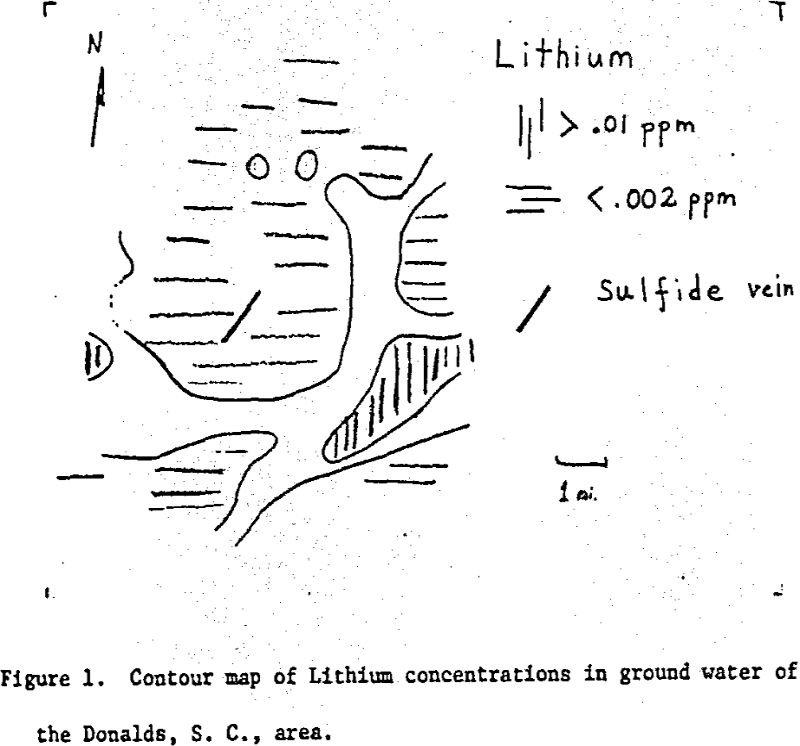
Action of certain strains of bacteria has been implicated as a significant factor in the oxidation of ore deposits. Other bacteria are thought to be significant in the formation of syngenetic sedimentary ores and in supergene enrichment processes. A normal soil/ground-water regime provides all of the necessary pH and Eh conditions for several groups of […]
Advantage of a Crowd for Acid Waste Liquors
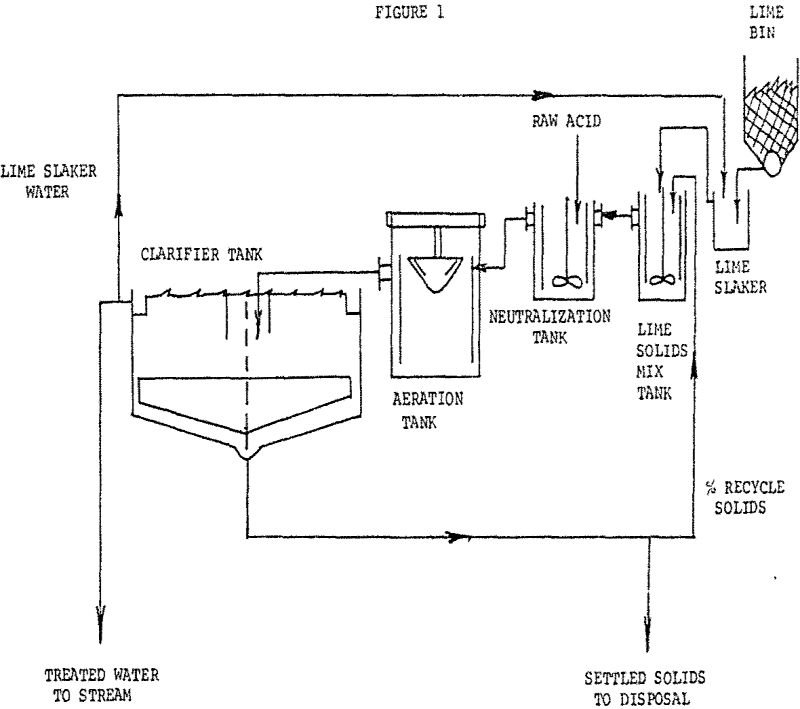
Because of increased pressure from Federal & State Regulatory-Agencies, most acid flows will require some sort of treatment prior to being discharged to receiving streams. In many industries, the volumes of liquors are large and their acid content varied. “Standard” methods of acid neutralization with lime have been known for years, however, the volume and […]
Synthetic Zeolites Properties and Applications
Zeolites were first recognized as a new group of minerals by Cronstedt with the discovery of stilbite in 1756. The word zeolite was coined from the two Greek words meaning “to boil” and “a stone” because of the loss of water when heated in the mineralogist’s blow pipe. In 1845 it was discovered that certain […]
Shaft Kiln for Lime Production
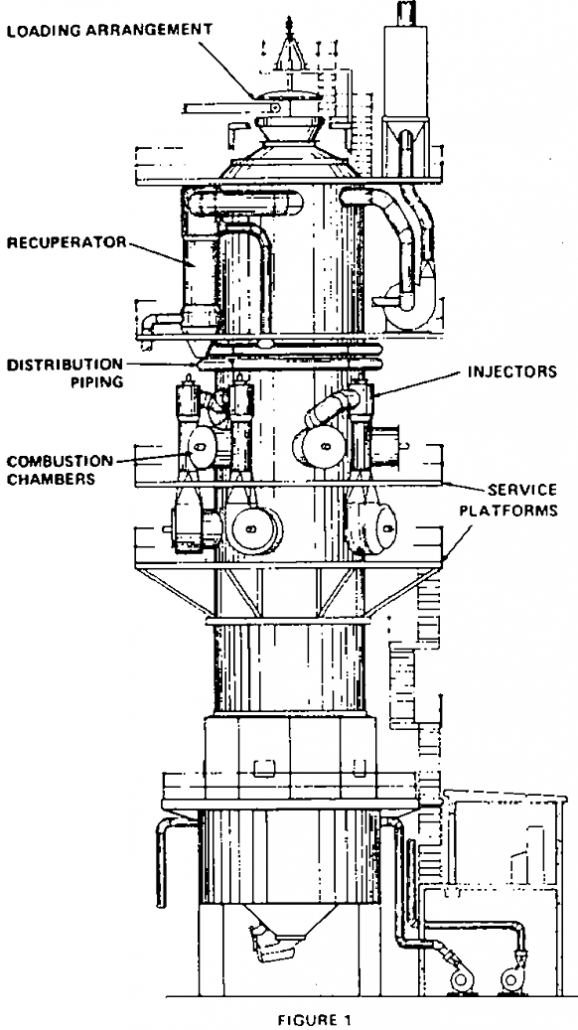
New is a relative term, and when used with reference to a concept as old as shaft kilns can be applied to a number of designs. In this case the design that is the subject of this paper, is known as the ring or annular shaft kiln as developed by Mr. Karl Beckenbach of West […]
Semi-Autogenous Liners
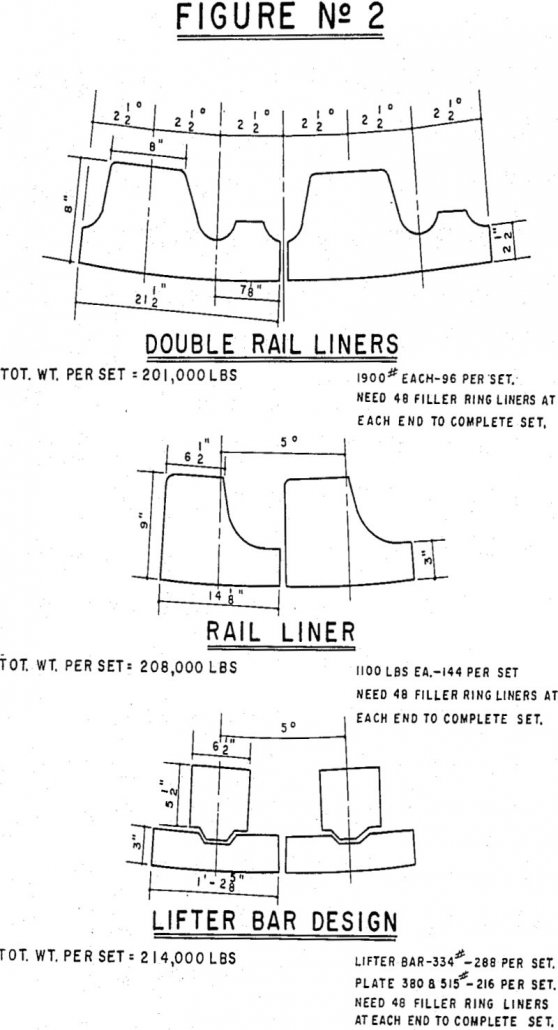
The never ending search for lower unit costs led Pima Mining Company’s management to study various alternatives shortly after Expansion III was completed. It soon became apparent that a considerable amount of ore assaying 0.35% copper had to be moved in order to maintain mill feed at the desired 0.54% copper content. New Mill Flowsheet […]
Remove Sulfur Dioxide from Off Gases of Coal Burning
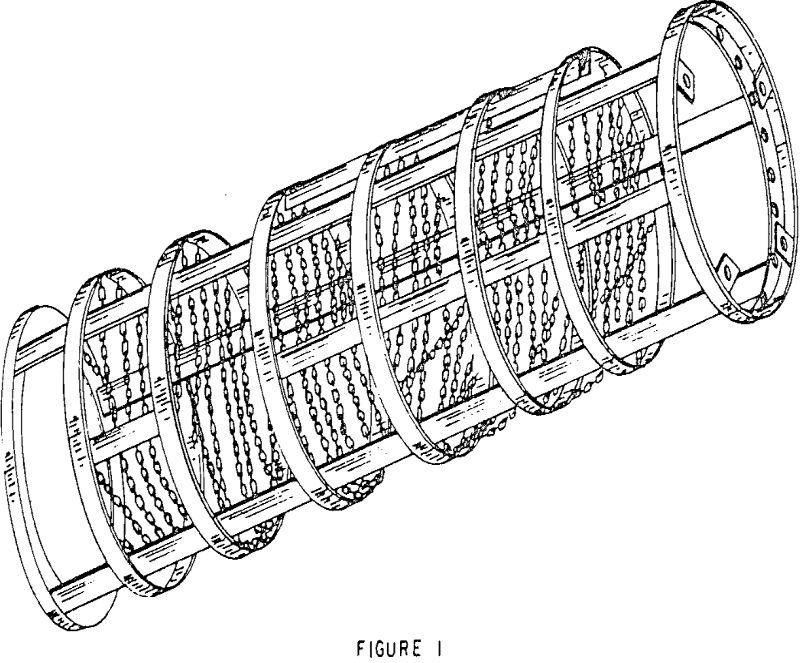
The purpose of this article is to present design information and operating data on a pilot gas scrubber which is believed to be a new approach for removing noxious gases and particulate matter from the off gases of coal burning power plants and smelters. In addition, gas scrubbers on stream or being developed for coal […]
Open Pit Equipment Selection and Maintenance
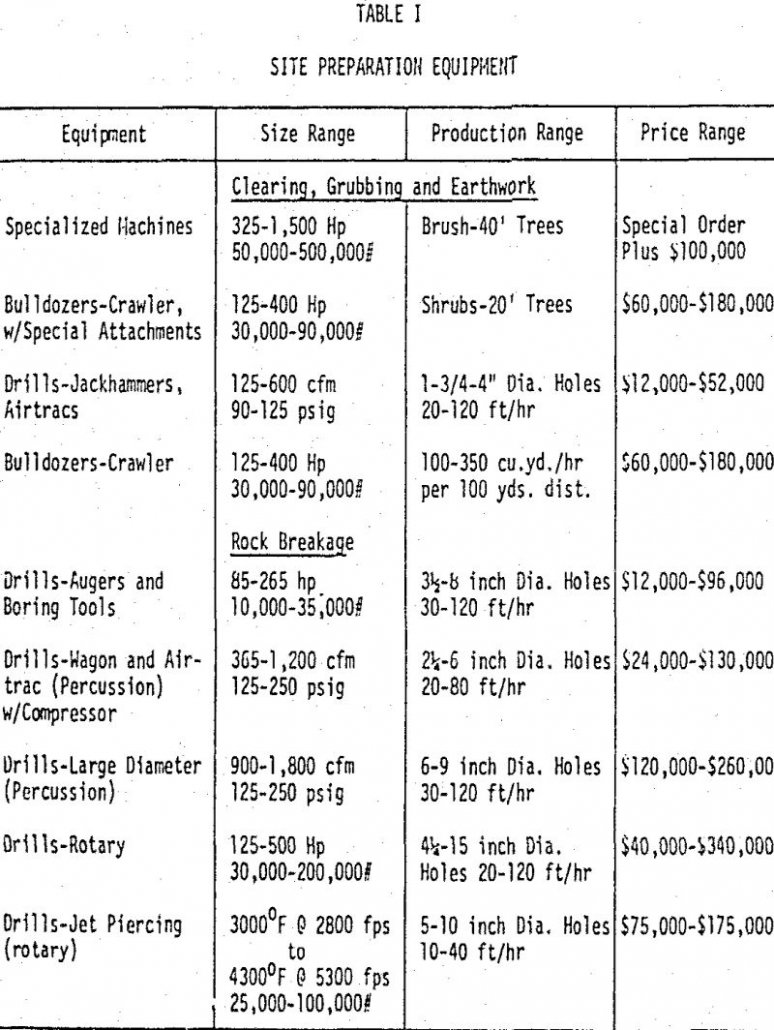
Principal factors influencing equipment selection can be grouped into five basic categories. Tonnage Requirements, Ore and Waste, Topography and Property Line Considerations, Ore Control Requirements, Physical Characteristics of Ore and Waste, and Climatic Conditions. Site Preparation Specialized Machines: This type of equipment generally operates on the principle of leverage uprooting and mechanical breakage of fallen vegetation. It is used in […]
Mobile Crushing Plants
The transportation of mine products incurs a cost which can have a significant bearing on the competitive position of the product. This statement not only holds true for the transportation of the finished product but certainly as much for the in-plant haulage of the raw materials. First of all, it should be differentiated between 3 categories […]
Miller Number – Slurry Rating Index
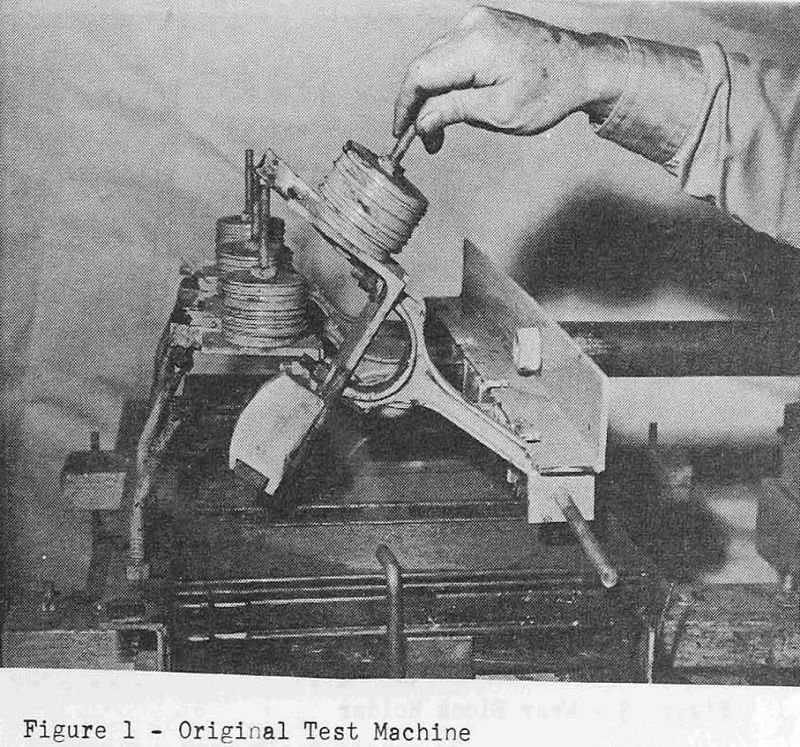
The development of a new means of measuring the relative abrasivity of a slurry came about by necessity in 1967 during a full scale loop test of a 560 H.P. reciprocating pump handling magnetite slurry. In order to evaluate the life of expendable fluid end parts, the question of the amount of attrition in a […]
How to Remove Mercury from Copper Concentrate
The copper-silver-mercury orebody of Gortdrum Mines (Ireland) Limited is located 3 miles north of the town of Tipperary in the Republic of Ireland. The first shipments of concentrates were made to the smelter in Europe in late 1967. In the spring of the following year, word was received from the smelter that these early shipments […]
